Why are modern ships so weak?
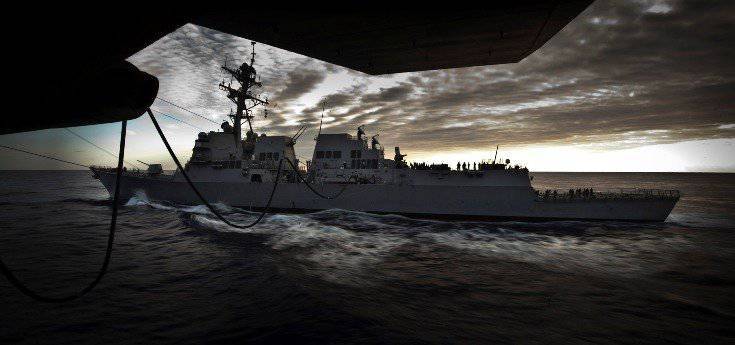
Help! Call the police! We were deceived and our reserve load stolen!
This is how the usual work day began at the Bath Iron Works (Maine) shipyard when the documentation of the Soviet project 26-bis fell into the hands of engineers. The amazement of the Yankees knew no bounds - the cruiser Maxim Gorky, launched in the distant 1938 year, showed anomalous characteristics.
In some incomprehensible way in the old days it was possible to build real warships - with large-caliber artillery, armor and an exceptionally high speed in the hull with a displacement of less than 10 thousand tons.
Nowadays, 10 thousand tons are barely enough to build flimsy warships without a hint of armor belts and artillery towers of the main caliber with powerful barbetas and protected ammunition cellars.
Armor, huge reserves of fuel, heavy large-caliber guns, powerful propulsion systems capable of accelerating the ship to 35 and more nodes - all this has disappeared these days. At the same time, the displacement remains the same!
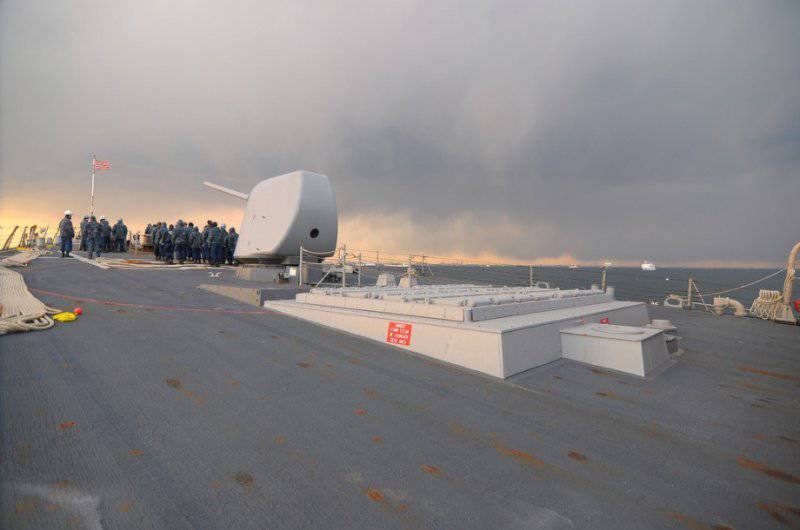
Obviously, something had to appear in return. But what was the free load reserve spent on? Why do modern ships look so "weak" against the backdrop of their glorious ancestors?
Characteristics of the cruiser "Maxim Gorky" - objectively, very weak and imperfect first-born of the Soviet shipbuilding, in our time arouse sincere respect:
Crew - 900 man.
Power GEM - 129 750 hp
Full speed up to 36 knots!
Fuel autonomy - 4880 miles at economic speed 18 knots.
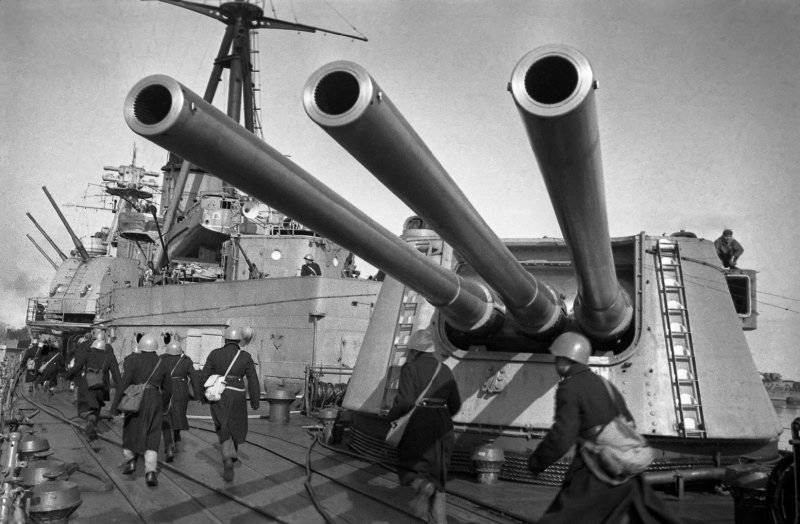
The composition of weapons:
- nine guns of caliber 180 mm, placed in three rotating towers MK-3-180;
- Universal and anti-aircraft artillery: six guns caliber 100 mm, nine 45 mm semiautomatic 21-K;
- two three-tube torpedo tubes of caliber 533 mm; mine rails - the entire cruiser could set up 160 sea mines;
- 20 depth charges BB-1;
- aviation armament: catapult 13K-1B, crane, two seaplanes KOR-1;
Reservations!
- armor belt - 7 centimeters of steel.
- lower deck - 50 mm.
- booking GK towers and barbets - 50 ... 70 mm. Fighting tower - 150 mm (walls), 100 mm (roof).
The most important thing is that all this impressive array of weapons and mechanisms fit into the hull with a full displacement ... 9700 tons. Just unbelieveble!

Nowadays such a displacement has the Aegis destroyer Orly Burk of the IIA sub-series, but the modern ship does not closely resemble a war cruiser - neither armor nor heavy weapons, not a powerful power plant ... just a tin box swinging on the waves with computers.
After reading such a statement, the reader will certainly decide that the author has gone mad.
To call a “tin” the newest super destroyer equipped with the Aegis system ?! AN / SPY-1 radar with a phased array, Tomahawk cruise missiles, anti-aircraft systems, anti-submarine weapons and helicopters, amazing standardization and unification with ships of other classes ... we are just a masterpiece of design ideas!
However, it is important to understand that no one compares the "Burke" and the cruiser "Maxim Gorky" in terms of their combat capabilities. In this case, the interest is only a mass of mechanisms and article load. And here comes a difficult paradox ...
Arsenal
Comparison of the mass of the vertical launch Mk.41 of the Burk destroyer with the three heavy armored cruisers of the M. Bitter "give an obvious result. Each MK-3-180 tower weighed 247 tons - 10 tons more than the standard 61-charging Mk.41 equipped with Tomahawks and long-range anti-aircraft missiles.
And this is without taking into account the cruiser ammunition! - one hundred 97-kilogram shells for each gun + powder charges + equipped ammunition cellars.
As a result: three towers of the main caliber (3 x 247 tons) were placed on the old cruiser. On the modern destroyer, even two full-fledged Mk.41 units could not fit - the bow guard group had to be halved - to 32 cells.
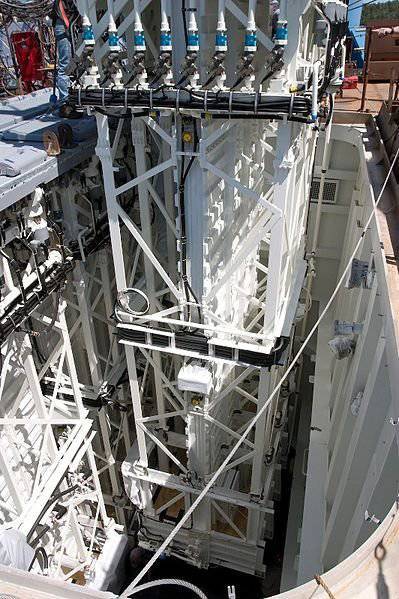
Do not be embarrassed by the figure in 96 launchers (bow and stern groups UVP destroyer "Burke"). Despite all the apparent massiveness, the Mk.61 41 charging system in the “shock version” is a compact truss structure with 8,7 x 6,3 x 7,8 meter dimensions with power supply units and control equipment. The mass of the empty installation - 119 tons. Inside the launch glasses with various rocket ammunition are loaded, the mass of the heaviest starting glass with Tomahawk is 2,8 tons. The mass of glass with the Stand-2 anti-aircraft missile is much lighter - only 1,38 tons. On some ships, a loading device occupies three cells each, reducing the total number of starting cells from 64 to 61.
Universal artillery? Orly Burk has an aluminum 5 single-gun installation ”/ 62 Mk.45 mod.4 weighing 25 tons. At "M. Gorky "- six single-mounted installations B-34 weighing 12,5 tons each. The cruiser gets harder again!
On board the destroyer installed two six-barreled anti-aircraft guns "Phalanx" with built-in radar fire control. So what? Nine Soviet 45 mm semi-automatic weighed no less.
The destroyer is armed with small-sized torpedoes - the system Mk.32 ASW. The old cruiser also has mine-torpedo armament - “full-fledged” torpedoes of caliber 533 mm. As well as a stock of depth charges and mine rails.
Two anti-submarine helicopters MH-60R with a take-off weight of 10 tons are based on the Burke of the IIA sub-series, there is a helicopter platform with a takeoff and landing operation control post, two hangars, aviation fuel stock and an aviation ammunition cellar. Solid!
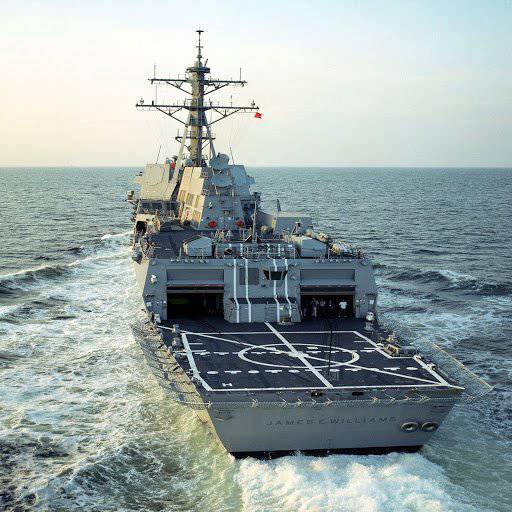
But then “M. Bitter "is not so simple! Two KOR-1 seaplanes, a stock of aviation gasoline, and most importantly - a rotary pneumatic catapult, which accelerated the 2,5-ton aircraft to the speed of 120 km / h. What is only one pneumatic, designed for air pressure 50-60 atmospheres. + Compressors. + Two cranes for lifting the plane out of the water.
Here again parity is observed. The composition of the aircraft armament of the cruiser is no less bulky and heavy than that of the modern destroyer.
In general, the weapons and ammunition of the cruiser "M. Bitter "weighed 1246 tons. How on the old cruiser fit such a massive pile of weapons, if the modern destroyer barely got 96 UVP cells, the only five-inch and a pair of helicopters?
And instead of the heart - a fiery motor
Guns and weapons are nothing. Much more serious is that the cruiser “M. Gorky was faster than any modern ship. The speed of a full stroke of knots 36 is not a joke. To disperse the whopper to 70 km / h, an extremely powerful and productive power plant was needed: six water tube boilers and two turbo-gear units with a total power of 130 thousand hp. For comparison: the destroyer "Orly Burke" is driven by four gas turbines with the power of "only" 105 thousand hp. (full speed - knot 32).
Even with a simple “head-on” comparison, the size of the engine rooms and the mass of the propulsion systems of the Soviet cruiser should exceed that of the Orly Burke. And if you take into account the progress in creating ship-based power plants - how do the ancient boiler for fuel oil combine with the high-tech gas turbine General Electric LM2500 ?!
Certain conclusions can be drawn from the following table. The power plants of modern ships are lighter at times than the GEM of their predecessors at equal power.

Another one fun moment is the fuel supply on board and the cruising range at an economic speed.
Maxim Gorky - 4880 miles on 18 nodes (1660 tons of fuel oil)
Orly Burke - 6000 miles on 18 nodes (1300 tons of kerosene JP-5)
It is clear that the gas-turbine installation of a modern destroyer on the 50% is more economical than the steam-turbine power plant of the cruiser “M. Bitter". A significant role was played by more advanced hull lines, the quality of the fabrication of cladding and screws - a consequence of the inevitable progress in the field of design methods and technologies of the metalworking process over the past half century.
But all this does not negate the main problem - the old Soviet cruiser was forced to have more fuel on the 20%. The extra 360 tons of petroleum products can be hidden somewhere in the double-breasted space, but you can't fool Mother Nature - the extra 360 tons of water spill out from under the bottom of the ship. Archimedes, and that's it!
Is armor strong?
This is really strange: the destroyer Burke, in contrast to the ships of the Second World War, is completely devoid of armor. The usual "can" with sticking through the casing ribs of the power set.
Of course, on closer inspection, it becomes noticeable that the designers made a number of efforts to increase the ship’s security: the combat information center, the premises of the personnel and the cellar of the ammunition have local anti-fragmentation booking. It is reported that 130 tons of Kevlar were used to protect important premises - more than on any of the modern ships.
However, if you do not hesitate to call a spade a spade, then the whole “armor” of the destroyer “Burke” is nothing more than a bluff and a profanation of high protection. This clearly showed the case with the undermining of the US Navy Cole destroyer in the port of Aden (2000 year) - a surface explosion with a capacity of 200-300 kg of trotyl near the board of Cole completely destroyed the destroyer, 17 dead, 39 injured ... Yes, security is good . Any cruiser of World War II of similar dimensions - the Soviet 26-bis or the British "York" could withstand a much more powerful blow with less losses.
This is not so much about the security and real combat characteristics of the destroyer. How much that aluminum UVP covers with a thickness of 25 mm are not at all like the 50 mm steel cruiser deck “M. Bitter". This means that the lion's share of the displacement of the Soviet cruiser (1536 tons) was spent on booking.
Even minus the unfortunate 130 tons of Kevlar, the Burke has a huge “failure” - logically, the destroyer should be lighter by as much as 1400 tons.
And if we take into account all our previous conversation (towers of the main caliber instead of UVP, bulky GEM instead of gas turbines, 360 tons of “extra” fuel oil) - it turns out that the full displacement of the 26-bis cruiser and the super-destroyer Orly Burk should differ by several thousand tons
But, alas, this is not observed. The displacement of an old armored monster and a modern “tin can” is the same.
Zeno's paradoxes, or What was the displacement reserve spent on?
The version with an error in units of measurement does not pass - American feet are meticulously converted to meters, and pounds to kilograms. The result is the same - 9600 tons of full displacement "Orly Burke" versus 9700 tons "Maxim Gorky."
The radio electronics version sounds much more serious - a modern ship is chock full of all kinds of radars, sonars, computers and control panels. Powerful computing systems need efficient cooling systems, megawatt radars require the presence of an entire power station on board - that’s probably the whole answer, to which the displacement was spent ...
But let me, do radars, communication systems, additional generators and 100 computers weigh as 110-meter armor belt 7 steel centimeters thick (armor plate width is 3,4 meter, also, you need to take into account that the cruiser has two armor belts - one on each side + traverse bulkheads + barbettes of the three towers of the Civil Code + military conning building with 150 mm walls + armored protection of the tiller compartment, etc.) ... was this huge steel array lighter than semiconductor computers and radar antennas?
Finally, if we are talking about fire control systems, the cruiser Maxim Gorky had the equally bulky devices Molniya-AC (main caliber control) and Horizon-2 (anti-aircraft gun control) —analog calculators, stabilized sights and spaced rangefinder posts, covered with sheets of armor.
Maybe the whole thing in terms of accommodating the crew? Modern sailors serve in much more comfortable conditions - on the Burke destroyers on a human 1, 4 sq. meters of residential premises. Restaurant meals, drinks vending machines, air conditioners, a superbly equipped medical unit ... It would seem that this is the answer to the question of what the load reserve was spent on ...
Oh, well, in vain, we remembered the habitability of the ship!
The crew of the cruiser “Maxim Gorky” was THREE TIMES larger than the crew of the “Orly Burke” - 900 man vs 300-380 on a modern destroyer. It's amazing how we managed to place so many sailors on board the ship!
Once again, the truth slipped from our hands ...
Of course, experts now will bring a long list of equipment, which could be spent load reserve:
- MASKER system - air supply to the underwater part of the hull to reduce the sonar visibility of the destroyer;
- special requirements of anti-nuclear protection (entrances, sealing the ship, filters, increased pressure in the interior);
- desalination plant performance 90 tons of water per day;
- three reserve gas turbine engines;
- passive jamming system Mk.36 SRBOC;
- 25 mm Bushmaster automatic guns to repel terrorist attacks;
etc. etc.
Alas, this time a lot of questions arise. The superstructure, chimneys and mast "Orly Burke" are made of lightweight aluminum-magnesium alloys - nothing like the massive steel structures of the cruiser "M. Bitter".
You can continue in the same spirit: a modular design, facilitating the destroyer hull through the use of new assembly technologies, accurate computer calculations, accurate welding and fitting parts. Further, the extensive use of light alloys and composite materials (Burka’s helicopter hangars are completely made of composites) - all this, in theory, should partially or fully compensate for the increased loads from PAZ elements, backup GTEs and the MASKER system.
With regard to the presence on board the "Orly Burke" desalination plants and the lack thereof on "M. Gorky ”- imagine how many tons of fresh water should have been stored on board the cruiser with a crew of 900 people!
What the hell? The cruiser "M. Gorky "still looks heavier than the modern destroyer, although in reality their displacement is the same.
In vain, dear reader expects a brilliant ending in the Hollywood style - everything falls into place, good triumphs over evil. Happy End will not be. The competence of the author does not allow him to confidently explain the cause of the paradox with the displacement of modern ships. The author only identified a curious problem and is ready to listen with pleasure to the opinion of professional shipbuilders.
Afterword. Regarding the paradox, there are a number of simple assumptions: perhaps this is somehow related to the density of the ship layout: modern equipment requires more space, extra space, foundations and hull structures are required — this is what the entire displacement reserve is spent on. Jokes with ballast? Or the devil, which, as usual, lies in the details? However, these are just assumptions.
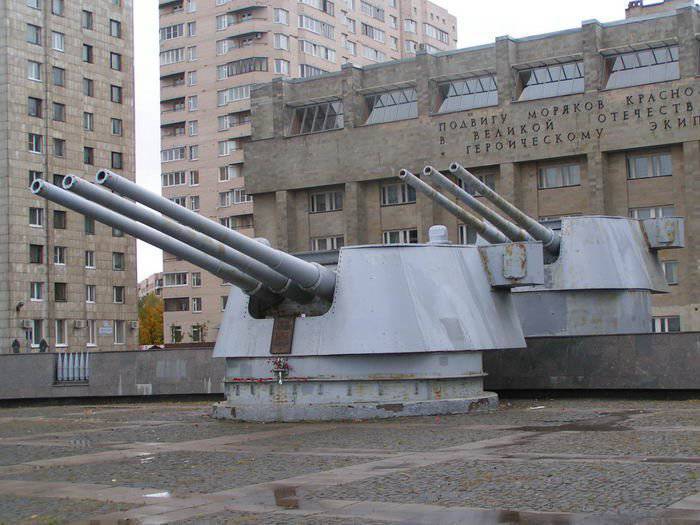
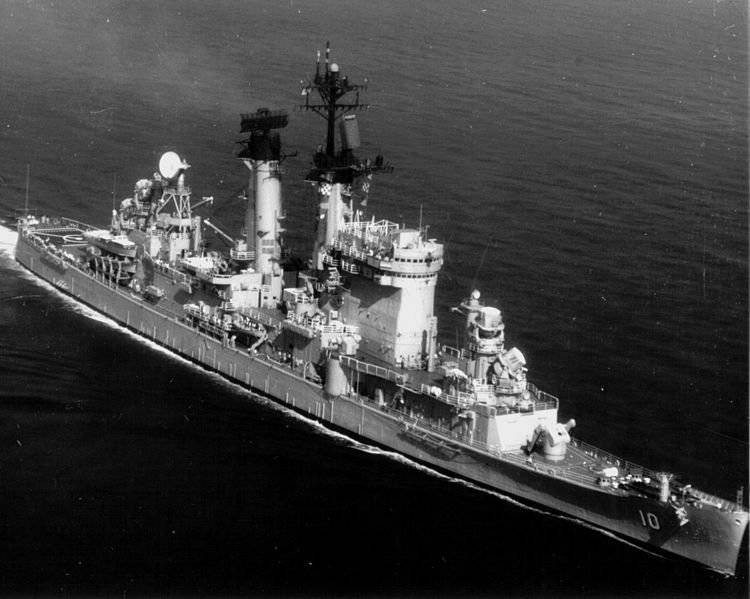
An interesting precedent from stories - Artillery cruiser type "Baltimore", upgraded at the beginning of the 1960-x project "Albany." Despite the powerful modernization with the complete replacement of artillery by five missile systems, the emergence of a large superstructure and bulky radars - the displacement of the cruiser remained the same.
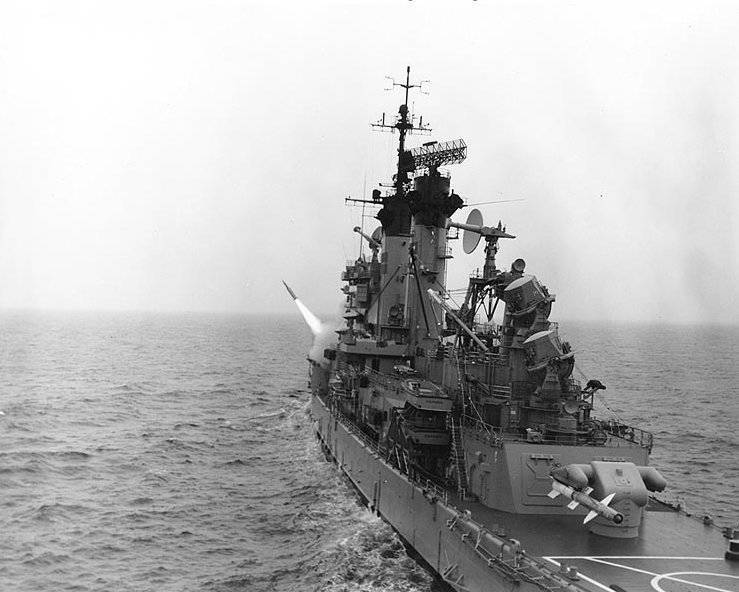
Based on:
http://wunderwaffe.narod.ru/
http://wikipedia.org/
http://www.fas.org/
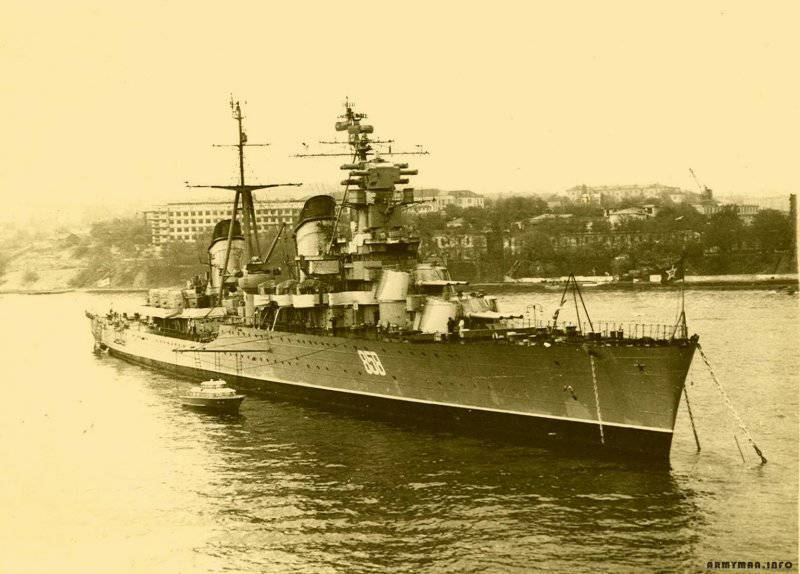
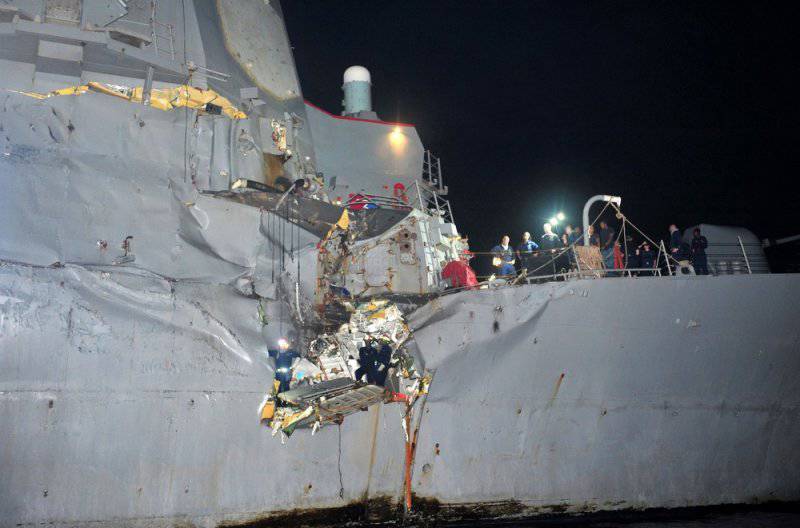
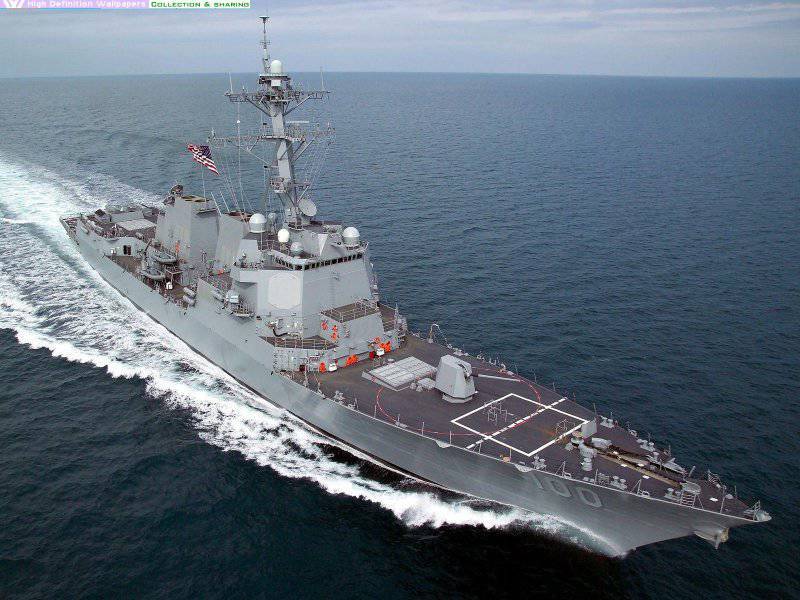
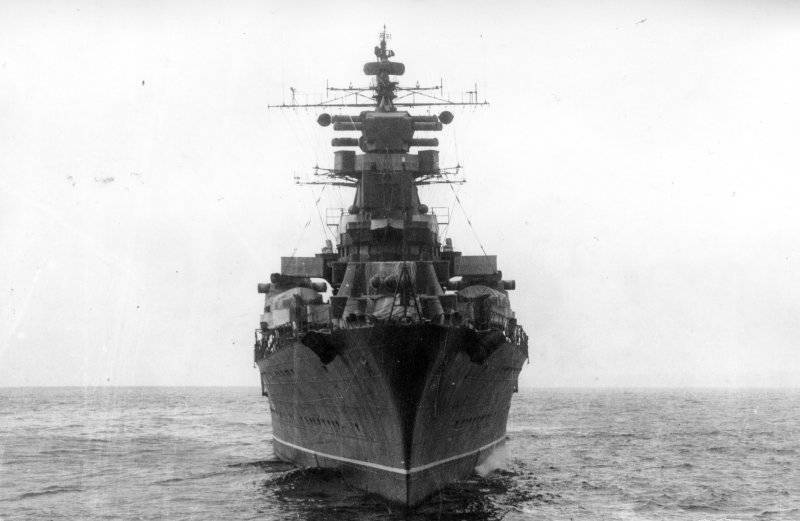
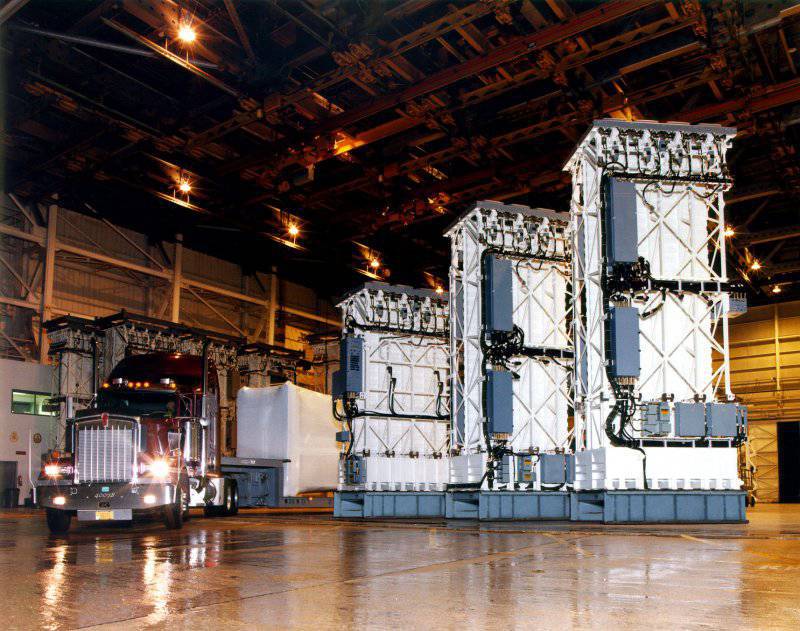
Information